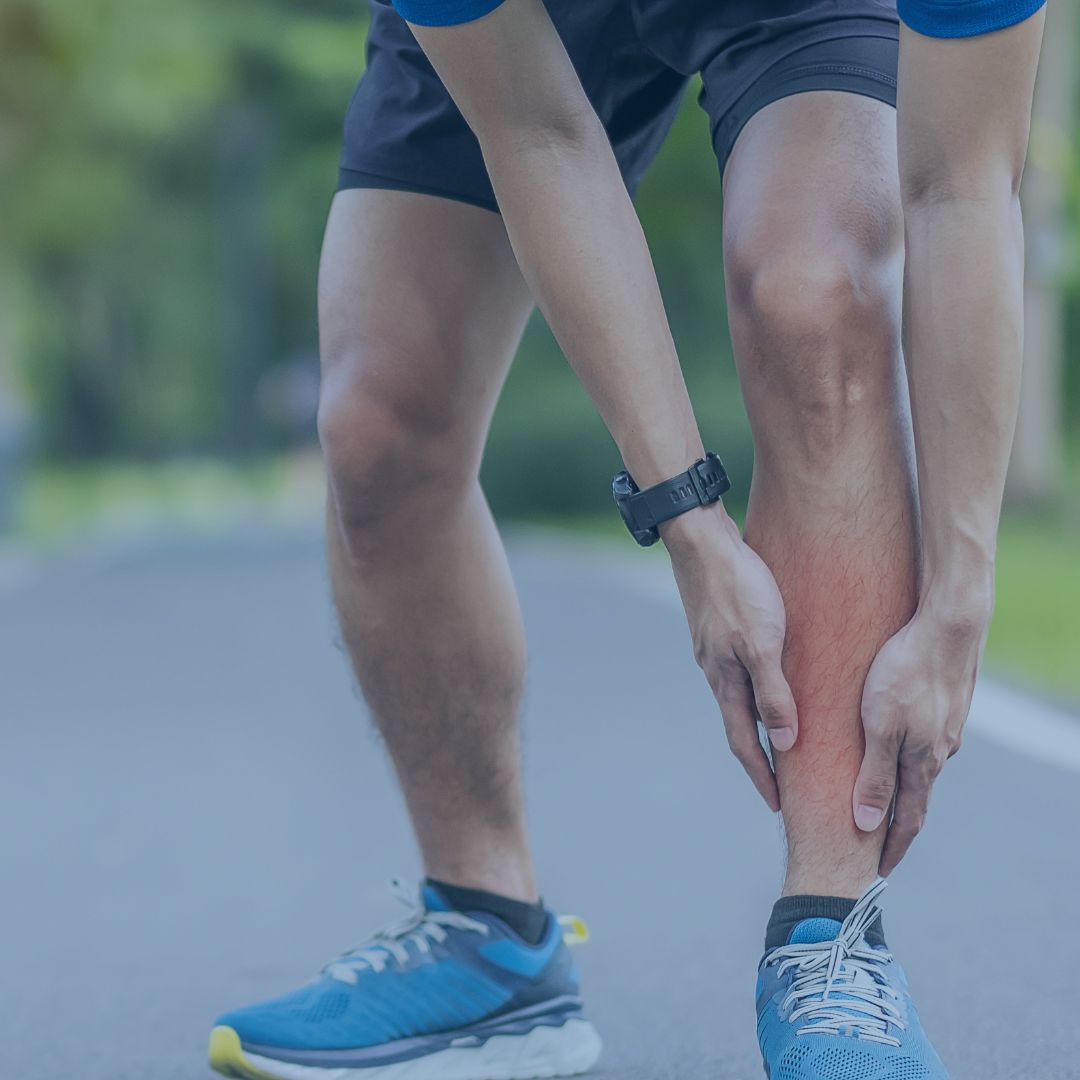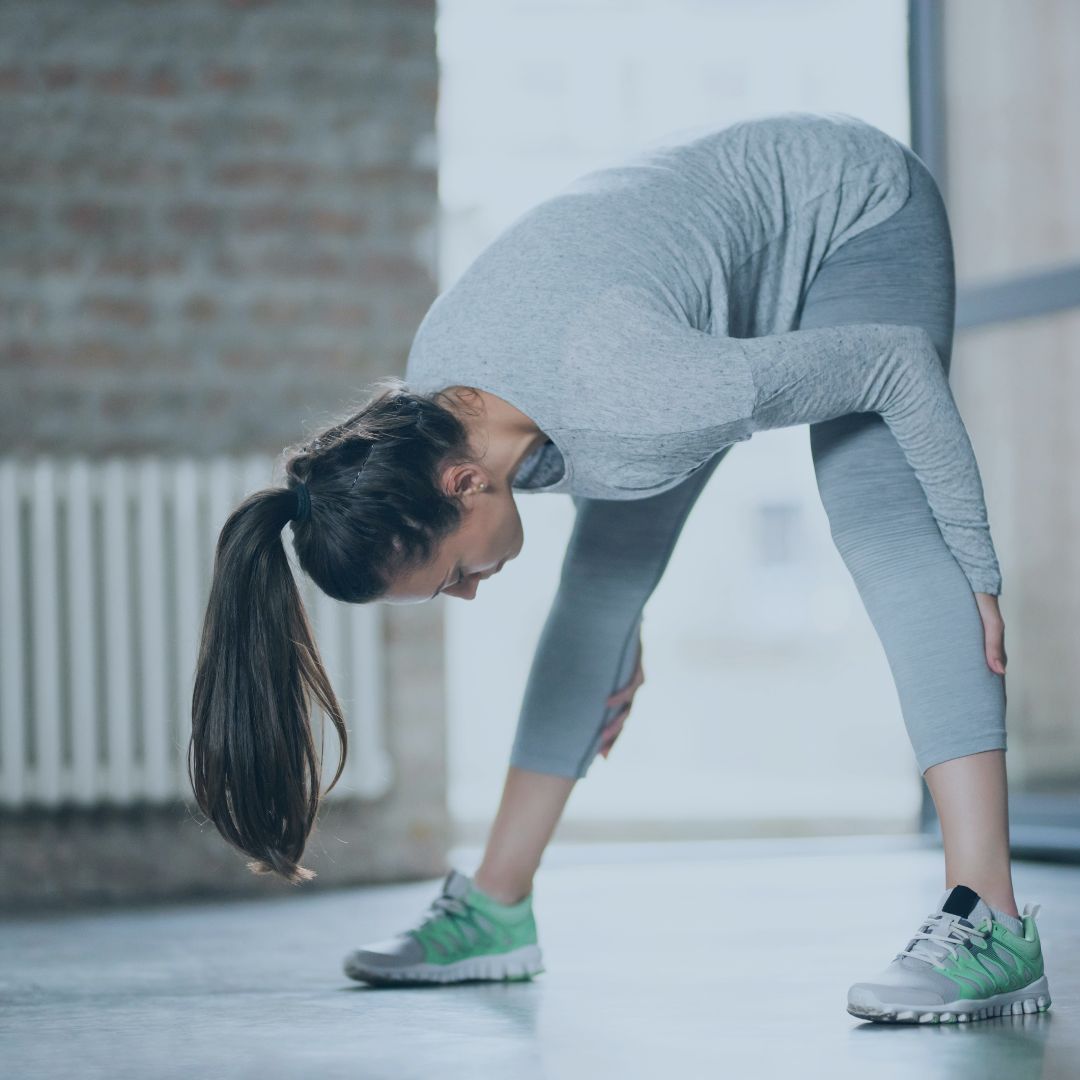Running is a physically demanding, high-impact sport. Whether you’ve got 10 marathons under your belt, or you’re training for your very first 5K, a good self-care routine is essential to preventing injury. Our friends at Kaiser Permanente have created this helpful resource offering a few self-care tips that will help keep you healthy and happy throughout the training process!

Help Prevent Shin Splints
Shin splints can be the painful and bothersome result of training too intensely, too soon. Try these exercises to help strengthen the muscles around the tibia (the shin bone).
Duck Walks
For each set, walk 20 to 30 feet on your heels:
– Toes turned out (duck-toed)
– Toes turned in (pigeon-toed)
Calf Stretch (Pyramid Pose)
From a standing position, step the right leg back 2.5 feet. Be sure all ten toes and both hip points face forward. Fold forward over straight legs. Hands can rest on the ground or blocks for support. Switch legs when ready.
Post-Run Yoga Poses
Yoga can be a runner’s best friend. Try these simple poses after a run to help release tension and keep the body flexible. Hold each pose for 30 seconds to 1 minute on each side.
Runner’s Lunge
Stack the right knee over the ankle. Come to the pinky edge of the right foot. Place padding underneath the extended left knee if needed. Hands or forearms come to the mat. Maintain a straight spine and don’t forget to breathe. You should feel this in the hip flexors and quads. Switch sides when ready.

Wide-leg Forward Fold
Ground down through your sit bones. Legs are engaged, and toes point straight upwards. Engage your core as you hinge from your hips to fold forward. You should feel the stretch across your groin, hamstrings, and lower back.
Figure 4 Stretch
Lying on your back, plant the soles of your feet on the ground. Cross the right ankle over the top of the left knee. If you’d like to intensify the stretch, reach through your legs and clasp your hands around the hamstring or shin of the left leg. You should feel this in your glutes and piriformis muscle (underneath the glutes).
Hamstring Stretch
Lying on your back, extend your right leg into the air, and extend your left leg long on the mat. Keep your low back rooted down into the ground as you clasp your hands around the hamstring of the right leg. Keep your shoulders and neck on the ground. Slowly, pull the leg towards you until you reach the threshold of your flexibility. Hold here and breathe. Switch legs when you’re ready.

Epsom Salt Baths
Epsom salt baths are great after a training session. Try adding 4 cups of Epsom salts to warm/hot water and soak for at least 20 minutes. The magnesium content of the salts helps to ease inflammation in tissues and joints, and thus can help to reduce delayed onset muscle soreness (DOMS). Add essential oils for an extra relaxation effect.
Self-Massage
Regular self-massage can be a powerful tool to help eliminate muscle adhesions before they become an issue and to help prevent injury. All you need is a simple tennis ball!
It’s important to remember that more is not necessarily better, and that while sensation is okay, pain is a clear indicator to back off. Be sure to listen to your body as you perform these exercises.
Check out a few of the muscle groups that can benefit from self-massage:

Feet
To target the plantar fascia, gently roll the tennis ball across the sole of your foot. This can be done standing or seated if the pressure is too intense.
Upper Back and Shoulders
Place tennis ball between spine and shoulder blades. Adjust pressure according to comfort.
Glutes
Come to a comfortable seat. Begin by placing the tennis ball underneath your sit bones and roll gentle circles. Use your upper body to help dictate a comfortable pressure. Roll slow circles upwards and then along your iliac crest (hip bone) to help release the soft tissue.
IT Band
Most folks use a foam roller to work out their IT bands. This can be a great tool! However, a tennis ball can be just as useful to release this band of connective tissue.
Enjoy All the Benefits of Self-Care for Runners
As you train for the Colorado Marathon, be sure to make self-care a part of your routine. Doing so can help prevent injuries, optimize your performance, and keep you feeling your best throughout the process. For more self-care tips for runners and to explore health plans, visit Kaiser Permanente today!